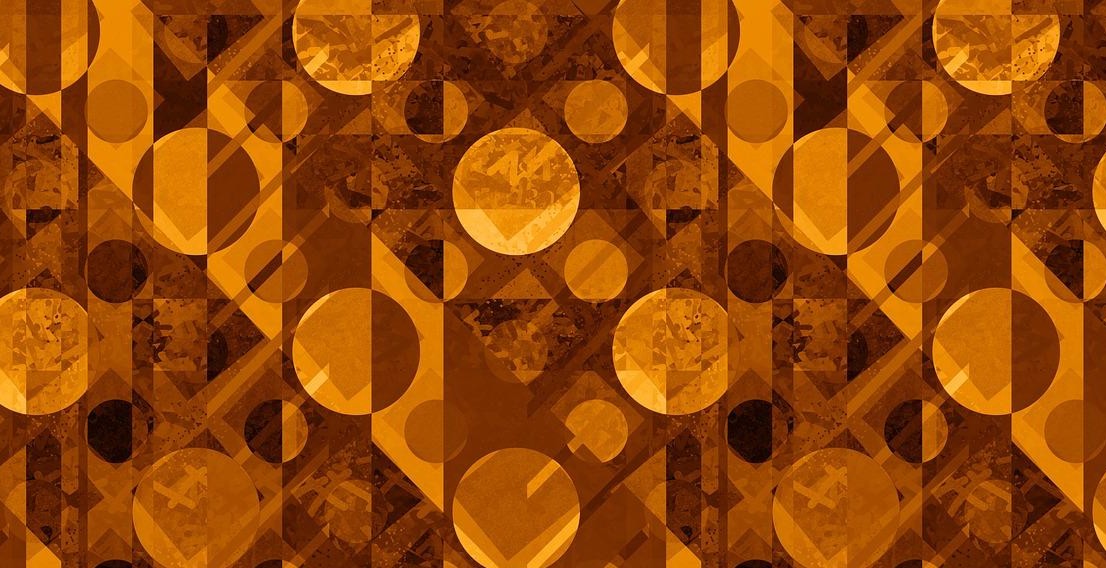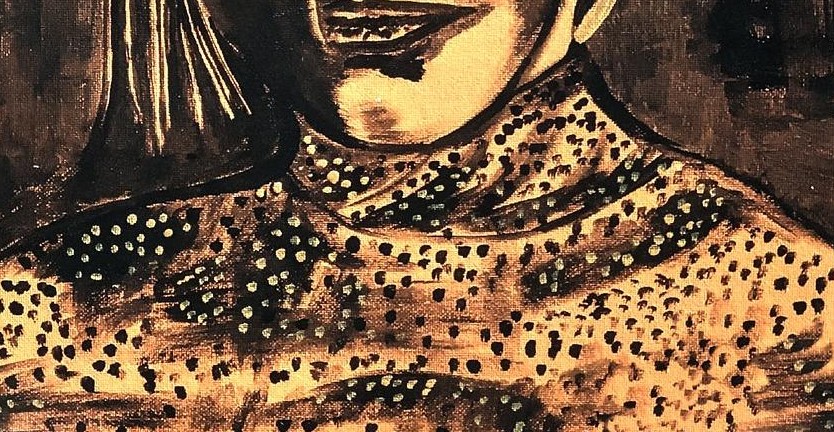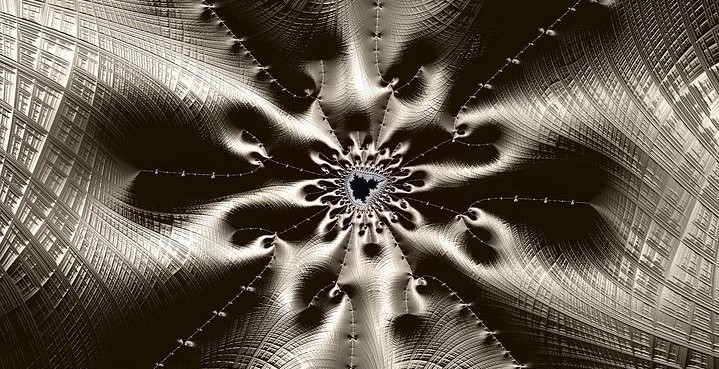How to Develop Your Artistic Style: Finding Your Unique Expression as an Artist
As an artist, developing your own unique style is crucial to standing out in a crowded industry. It’s what sets you apart from others and makes your work recognizable. Finding your artistic style can be a challenging process, but it’s also incredibly rewarding.
My own journey to finding my artistic style was a long and winding road. I started out as a traditional painter, but over time I began to experiment with different mediums and techniques. Through trial and error, I discovered what worked best for me and what didn’t.
In this article, I’ll share some tips and tricks that helped me develop my own artistic style, as well as some insights from other artists I’ve spoken to along the way. Whether you’re just starting out or you’ve been creating art for years, there’s always room to grow and refine your style.
Why Developing Your Artistic Style is Important
Developing your own artistic style is important for a number of reasons. For one, it sets you apart from other artists and helps you stand out in a crowded industry. It also allows you to express yourself in a unique way that resonates with your audience.
Having a distinct style can also help you attract new clients and opportunities. When people see your work, they should be able to immediately recognize it as yours. This can lead to more commissions, exhibitions, and collaborations.
The Challenges of Developing Your Artistic Style
While developing your own artistic style is important, it’s not always an easy process. It can be challenging to find your own voice and express it in a way that feels authentic and true to you. It’s also easy to fall into the trap of emulating other artists or following trends, rather than forging your own path.
However, with patience, persistence, and a willingness to experiment and take risks, anyone can develop their own unique artistic style. In the following sections, we’ll explore some strategies for doing just that.

Exploring Your Artistic Influences
One of the best ways to develop your artistic style is to explore your artistic influences. Whether it’s a famous artist or someone you know personally, identifying your favorite artists can help you understand what you like and what inspires you. Here are some steps to help you explore your artistic influences:
Identifying Your Favorite Artists
Think about the artists that you admire and enjoy studying. It could be someone from the past or present, someone who works in a similar medium as you, or someone who creates art that you find visually appealing. Write down a list of your favorite artists and what you like about their work.
Analyzing Their Techniques
Once you have identified your favorite artists, start analyzing their techniques. Look at how they use color, texture, line, and shape to create their art. Pay attention to the tools and materials they use and how they apply them. Try to identify what makes their work unique and what draws you to it.
Incorporating Their Style into Your Work
After analyzing your favorite artists’ techniques, try to incorporate their style into your work. This doesn’t mean copying them exactly, but rather taking inspiration from their work and adapting it to your own style. Experiment with new techniques and materials to create your own unique style.
Remember that exploring your artistic influences is an ongoing process. Keep studying and learning from your favorite artists while also developing your own style and expression.

Experimenting with Different Mediums
As an artist, it’s essential to keep exploring and experimenting with different mediums to discover your unique style. Trying new techniques and exploring different mediums can help you expand your creativity and develop your skills as an artist.
Trying New Techniques
Experimenting with new techniques can help you discover new ways of expressing your creativity. For instance, if you’re a painter, you can try different brush strokes, textures, and color combinations to create unique and captivating pieces. If you’re a sculptor, you can experiment with different materials, such as stone, wood, or metal, to create sculptures with different textures and shapes.
Exploring Different Mediums
Exploring different mediums can help you find the perfect medium that resonates with your style and personality. For instance, you can try painting with watercolors, acrylics, oils, or mixed media to see which medium suits your style best. Similarly, you can try different types of paper, canvas, or wood to see which surface you prefer to work on.
Combining Techniques and Mediums
Combining different techniques and mediums can help you create unique and visually appealing pieces. For instance, you can combine painting with collage, or sculpture with photography, to create mixed media pieces that showcase your creativity and imagination.
| Benefits of Experimenting with Different Mediums |
|---|
| 1. Helps you discover your unique style |
| 2. Expands your creativity and imagination |
| 3. Develops your skills as an artist |
| 4. Helps you stay motivated and inspired |
Experimenting with different mediums is an ongoing process that requires patience, perseverance, and an open mind. It’s essential to keep pushing your boundaries and exploring new possibilities to develop your artistic style and find your unique expression as an artist.

Finding Inspiration in Your Surroundings
As an artist, inspiration can come from anywhere. Sometimes, it’s right in front of us, in our everyday surroundings. Here are some ways to find inspiration in your surroundings:
Exploring Your Local Area
Exploring your local area can be a great way to find inspiration. Take a walk around your neighborhood or visit a local park. Look at the buildings, the trees, the people, and the animals. Take note of the colors, the shapes, and the textures. You may find inspiration in the details that you’ve never noticed before.
Traveling for Inspiration
Traveling to new places can also be a great way to find inspiration. Whether it’s a road trip or a plane ride, visiting new locations can open up your mind to new ideas and perspectives. Take pictures, sketch, or write down your observations. You may find inspiration in the architecture, the landscape, or the culture of the places you visit.
Finding Inspiration in Everyday Objects
Everyday objects can also be a great source of inspiration. Look around your home or workspace and take note of the objects that catch your eye. It could be a vase, a piece of furniture, or even a kitchen utensil. Think about the colors, the shapes, and the textures of these objects. You may find inspiration in the everyday items that you’ve overlooked before.
| Tip: | Keep a sketchbook or a notebook with you at all times. You never know when inspiration may strike. |
|---|
By exploring your local area, traveling to new places, and finding inspiration in everyday objects, you can develop your artistic style and find your unique expression as an artist.
Developing Your Own Voice
If you want to develop your own artistic style, you need to focus on developing your voice. Your voice is your unique expression as an artist, and it’s what sets you apart from other artists. Here are some tips on how to develop your voice:
Creating a Body of Work
The first step in developing your voice is to create a body of work. This means creating a series of pieces that are related in some way, whether it’s through subject matter, style, or technique. By creating a body of work, you can start to see patterns in your art and identify what makes your work unique.
Experimenting with Different Styles
Another way to develop your voice is to experiment with different styles. This means trying out different techniques, mediums, and subject matter to see what works for you. By experimenting, you can find new ways to express yourself and develop your own unique style.
Reflecting on Your Work
Finally, it’s important to reflect on your work. This means taking the time to analyze your pieces and think about what you like and don’t like about them. By reflecting on your work, you can identify what makes your art unique and develop your own voice as an artist.
| Tip | Description |
|---|---|
| Create a body of work | Create a series of pieces that are related in some way. |
| Experiment with different styles | Try out different techniques, mediums, and subject matter. |
| Reflect on your work | Analyze your pieces and think about what makes your art unique. |
By following these tips, you can develop your own unique voice as an artist and create work that is truly your own. Remember to keep experimenting and reflecting on your work, and don’t be afraid to take risks and try new things.
Building Your Brand as an Artist
As an artist, building your brand is crucial to your success. Your brand is your identity as an artist and it is what sets you apart from others. Here are some tips on how to build your brand:
Creating a Consistent Portfolio
Your portfolio is a representation of your work and style as an artist. It should showcase your strongest pieces and be consistent in terms of style and quality. Make sure to update your portfolio regularly and tailor it to the audience you are presenting it to.
Establishing an Online Presence
In today’s digital age, having an online presence is essential. Create a website or social media accounts to showcase your work and connect with potential clients and collaborators. Make sure your online presence reflects your brand and style as an artist.
Networking and Building Relationships
Networking and building relationships with other artists, gallery owners, and potential clients is crucial to your success. Attend art events, join artist groups, and participate in online forums to connect with others in the industry. Building relationships takes time, but it is worth the effort in the long run.
- Attend art events
- Join artist groups
- Participate in online forums
By following these tips, you can develop a strong brand as an artist and stand out in a competitive industry. Remember to stay true to your unique expression and style as an artist, as this is what will make your brand truly authentic and successful.

Conclusion
Developing your artistic style is a journey that requires patience, dedication, and self-awareness. It’s a process of discovering who you are and what you want to express through your art. Don’t be afraid to experiment, try new things, and make mistakes. Remember that your artistic style is unique to you, and it’s okay if it takes time to develop.
Start by exploring different mediums, techniques, and subjects. Look for inspiration in the world around you and in the works of other artists. Keep a sketchbook or journal to capture your ideas and thoughts. And most importantly, be true to yourself and your vision.
As you continue to develop your artistic style, don’t forget to share your work with others. Join a community of artists, attend exhibitions, and participate in art events. Feedback and constructive criticism can help you grow and improve as an artist.
Remember that developing your artistic style is a lifelong process. Stay curious, keep learning, and never stop creating. Your unique expression as an artist is waiting to be discovered.
| Step | What to do |
|---|---|
| Step 1 | Explore different mediums, techniques, and subjects |
| Step 2 | Look for inspiration in the world around you and in the works of other artists |
| Step 3 | Keep a sketchbook or journal to capture your ideas and thoughts |
| Step 4 | Be true to yourself and your vision |
| Step 5 | Share your work with others and seek feedback and constructive criticism |
